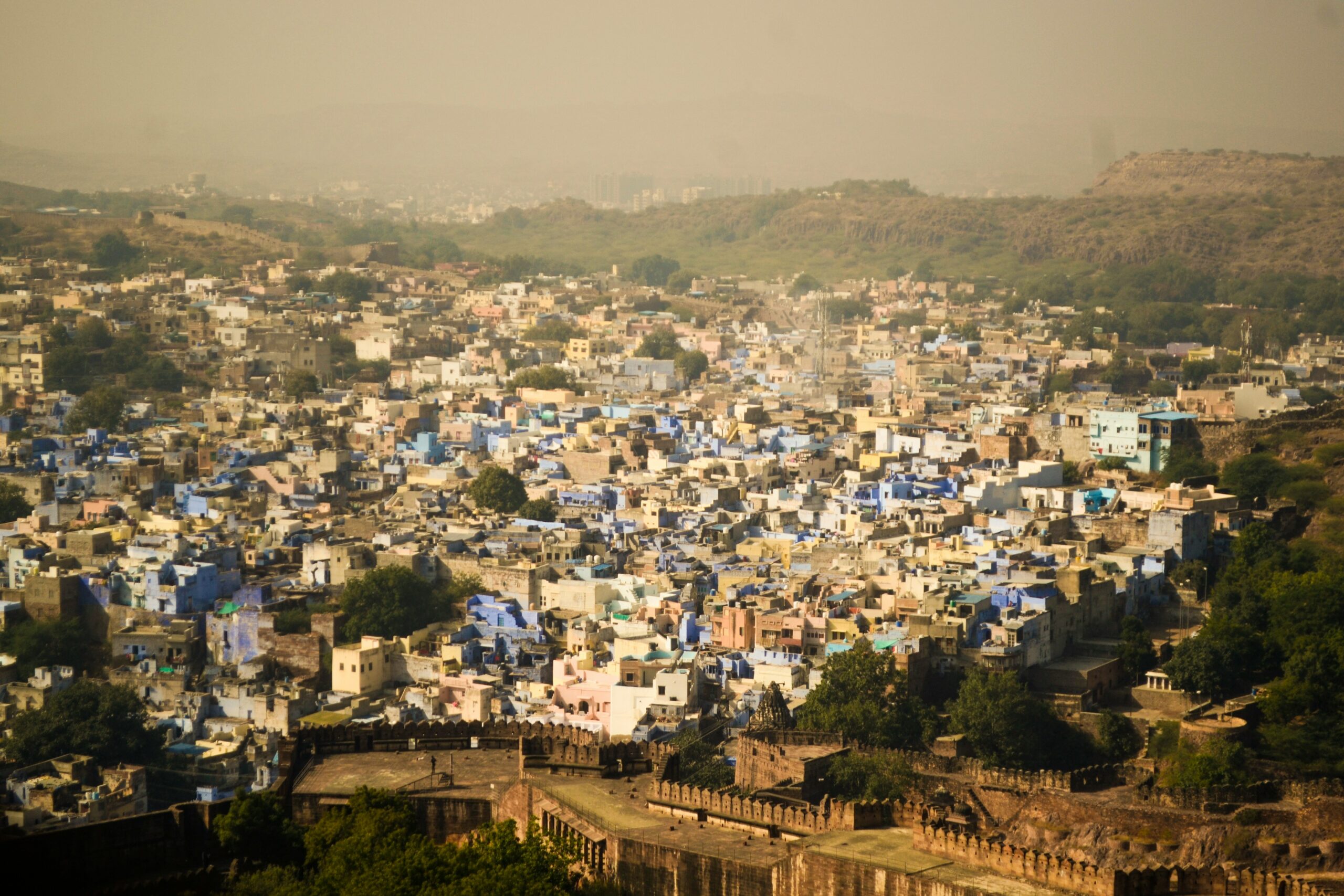Indian Shastras and Puranas : Introduction
In this blog post, we will explore some scientific proofs found in Indian shastras and puranas. These ancient texts not only contain spiritual and mythological stories but also provide insights into various scientific concepts. While it is important to approach these texts with an open mind and understand the cultural and historical context in which they were written, we can still find intriguing connections between the knowledge mentioned in these texts and modern science.

Introduction
In this blog post, we will explore some scientific proofs found in Indian shastras and puranas. These ancient texts not only contain spiritual and mythological stories but also provide insights into various scientific concepts. While it is important to approach these texts with an open mind and understand the cultural and historical context in which they were written, we can still find intriguing connections between the knowledge mentioned in these texts and modern science.
Astronomy and Cosmology
One area where Indian shastras and puranas showcase their scientific knowledge is in the field of astronomy and cosmology. The ancient Indian astronomers made remarkable observations and calculations related to the celestial bodies and the universe.
For example, the Surya Siddhanta, an ancient Indian text on astronomy, accurately calculates the length of a sidereal year to be 365.2587565 days, which is remarkably close to the modern value of 365.25636305 days. This shows that the ancient Indians had a deep understanding of the Earth’s orbit around the Sun.
The Bhagavata Purana mentions the concept of multiple universes or parallel dimensions, known as the Brahmandas. This idea is similar to the modern scientific concept of the multiverse, where it is believed that there are multiple universes coexisting alongside our own.
Medicine and Healthcare
Indian shastras and puranas also provide insights into the field of medicine and healthcare. These texts contain valuable knowledge about herbal remedies, surgical procedures, and the human body.
The ancient Indian text, Charaka Samhita, is considered one of the oldest and most comprehensive texts on Ayurveda. It provides detailed information about various diseases, their causes, and treatments. Many of the herbal remedies mentioned in the text have been found to have medicinal properties and are still used in Ayurvedic medicine today.
The Sushruta Samhita, another ancient Indian text, describes various surgical procedures, including plastic surgery and the use of anesthesia. It also provides detailed knowledge about the human anatomy, including the skeletal system, muscles, and organs.
Mathematics and Geometry
Indian shastras and puranas also contain mathematical and geometrical knowledge that is ahead of its time.
The ancient Indian mathematician Aryabhata, in his work Aryabhatiya, introduced the concept of zero and the decimal system. This revolutionized mathematics and laid the foundation for modern arithmetic and algebra.
The Sulba Sutras, a collection of texts dealing with geometry and construction, provide detailed instructions for building altars and fire pits used in Vedic rituals. These texts also contain mathematical formulas for calculating the area and volume of various shapes, including squares, rectangles, and circles.
Conclusion
The scientific proofs found in Indian shastras and puranas provide a glimpse into the advanced knowledge possessed by ancient Indian scholars. While it is important to approach these texts with a critical mindset and acknowledge the limitations of the time they were written, there are undeniable connections between the knowledge mentioned in these texts and modern science.
By studying and analyzing these ancient texts, we can gain a deeper appreciation for the scientific achievements of our ancestors and continue to explore the intersections between ancient wisdom and modern knowledge.